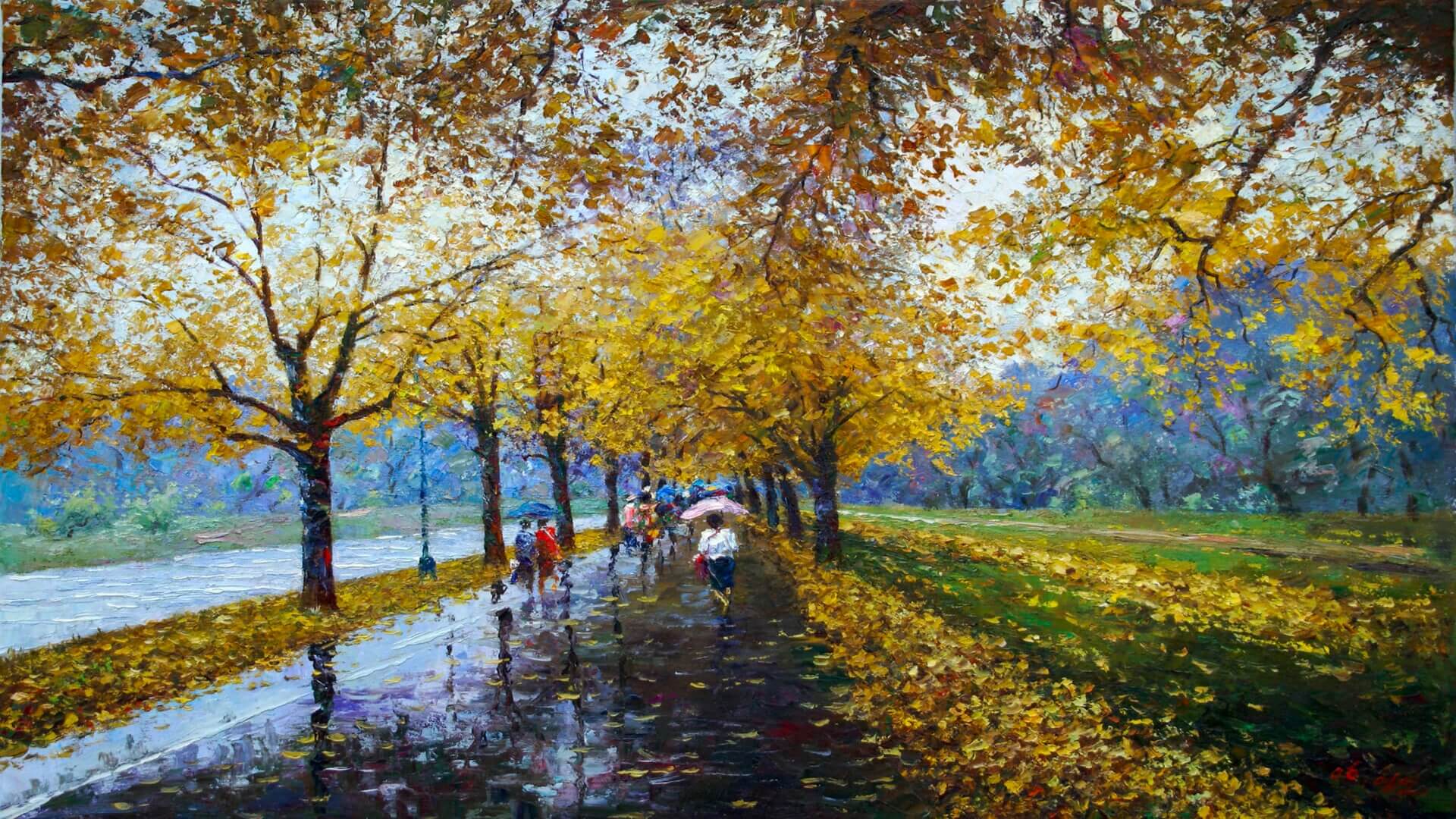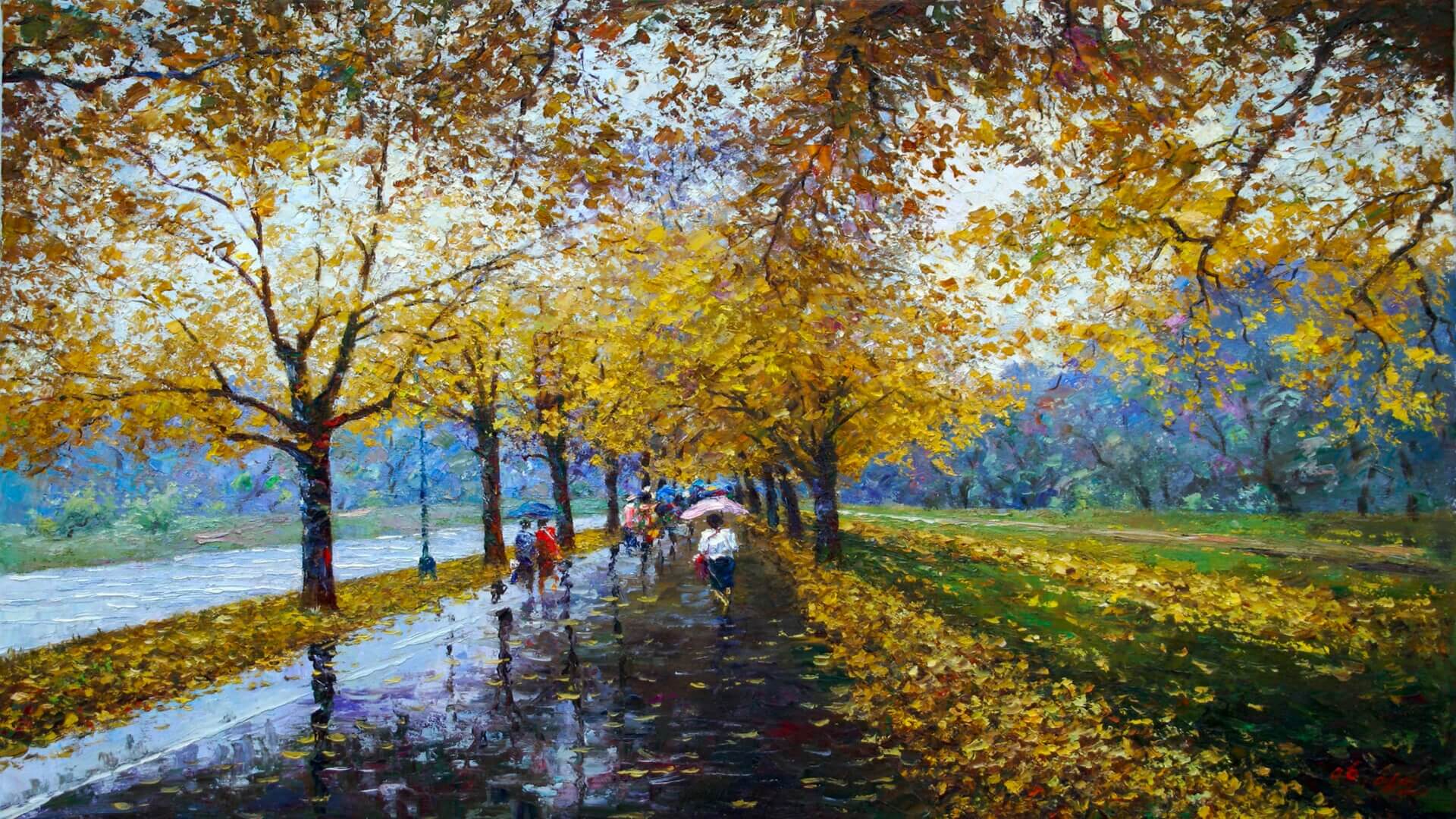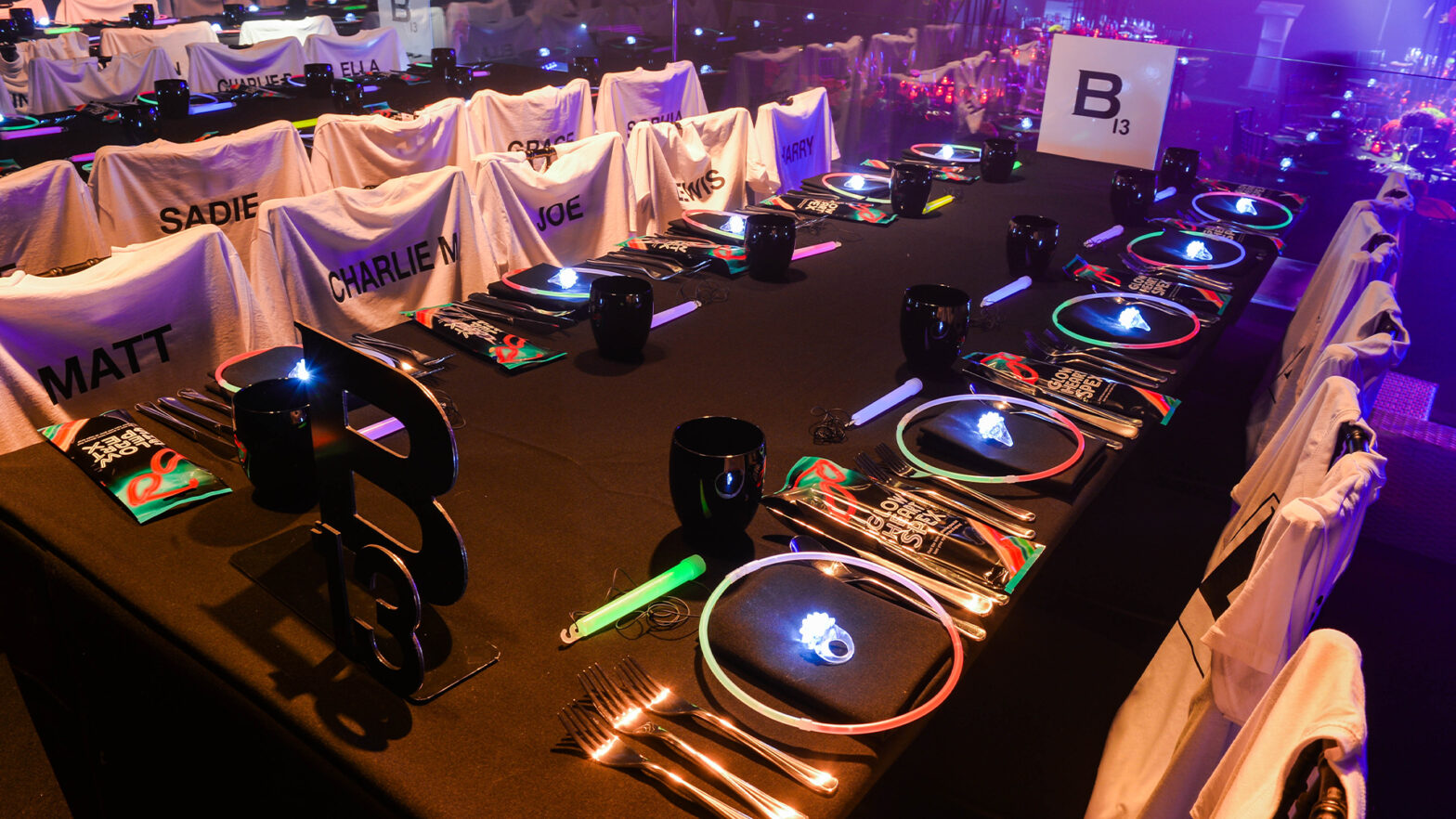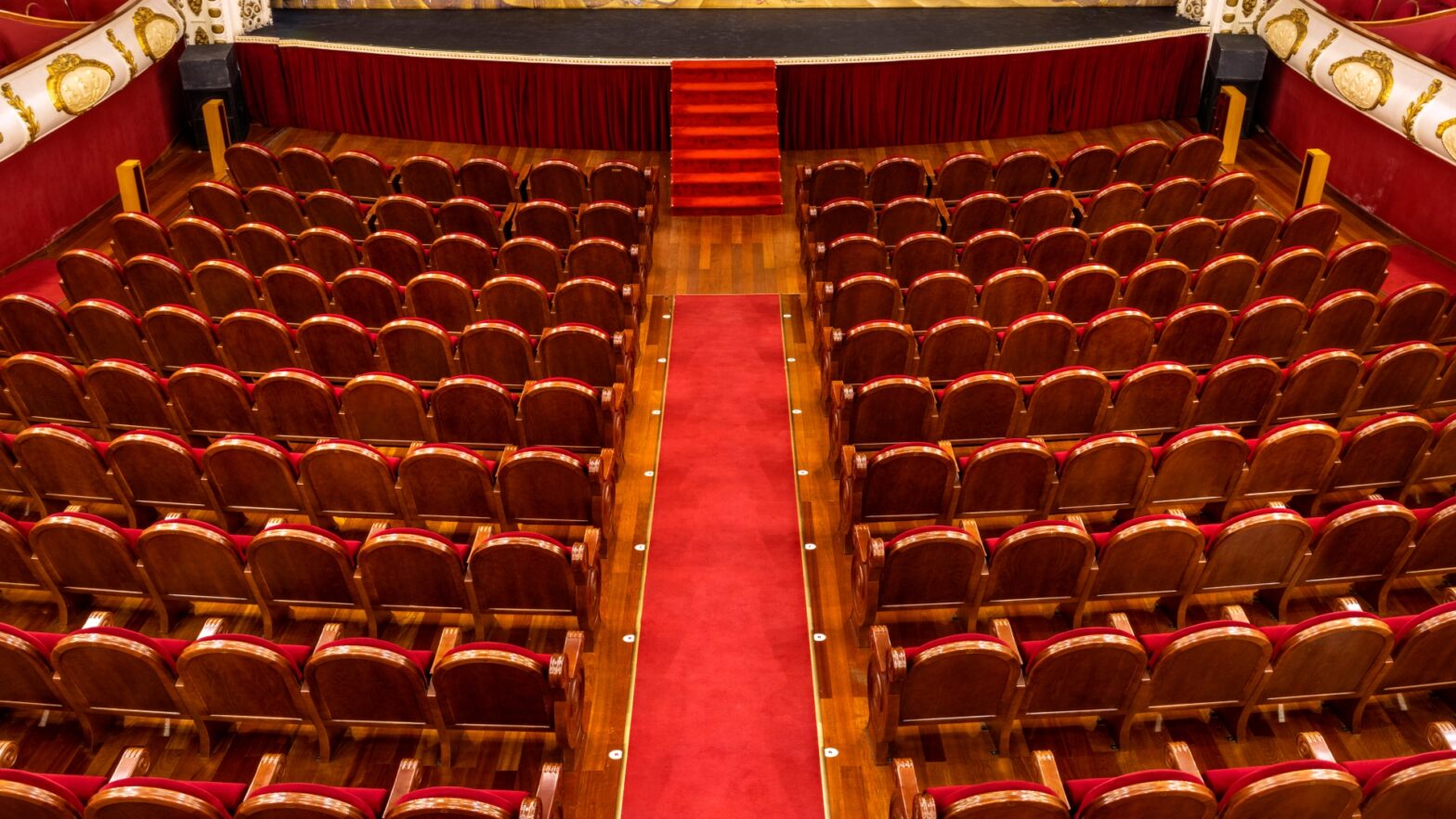With its unique simplicity and spontaneous nature, Korean art created plenty of unbelievably beautiful art pieces that are still unknown to the vast majority of the Western world. While traditionally borrowing heavily from both Chinese and Japanese art, Korean artists have established their own distinctive style. Let’s take a closer look at the gorgeous Korean art.
What is Korean art like?
Even though Korean art shares many characteristics with other Asian art traditions, its simple and spontaneous nature is what gives it a unique personality. Since before the Common Era, art of the people of Korea was closely related to nature, with ties to naturalism and tendency to represent nature and people with the least amount of distortion and artistic liberty.
Human touch is supposed to be minimal in Korean art, showcasing as truthful as possible depictions of nature instead. Most types of extremes are also missing from Korean art, which is instead filled with timid and modest pieces.
For more information on Korean art and selected collections, check out kaesongcollection.com.
History of Korean art
Many prehistoric Korean art pieces were discovered on the peninsula, dating back to the Palaeolithic. The indigenous people of Korea first came to the land from Siberia, and exhibited a similar style of rock art, clay pottery, and utensils. Pottery continued to be a prevalent art form in prehistoric Korea, through the Neolithic and into the Common Era.
Chinese and Japanese characteristics began influencing Korean art heavily in the Bronze Age, mixed with Korea’s Siberian roots. Jade was frequently used for carving of small decorative pieces, and as Buddhism was introduced in Korea from China during the Three Kingdoms Period, visual arts and architectural design began to flourish.
Korean performing arts
In addition to visual arts, Korea is filled with magnificent examples of performing arts as well, including ritualistic and shamanistic ceremonies. Masks, costumes, and embroidery were common in Korean performing arts, and often included many crossovers with other art styles. Some specific performing arts also had crucial cultural and religious significance, like the Korean tea ceremony or traditional Korean dances.





















